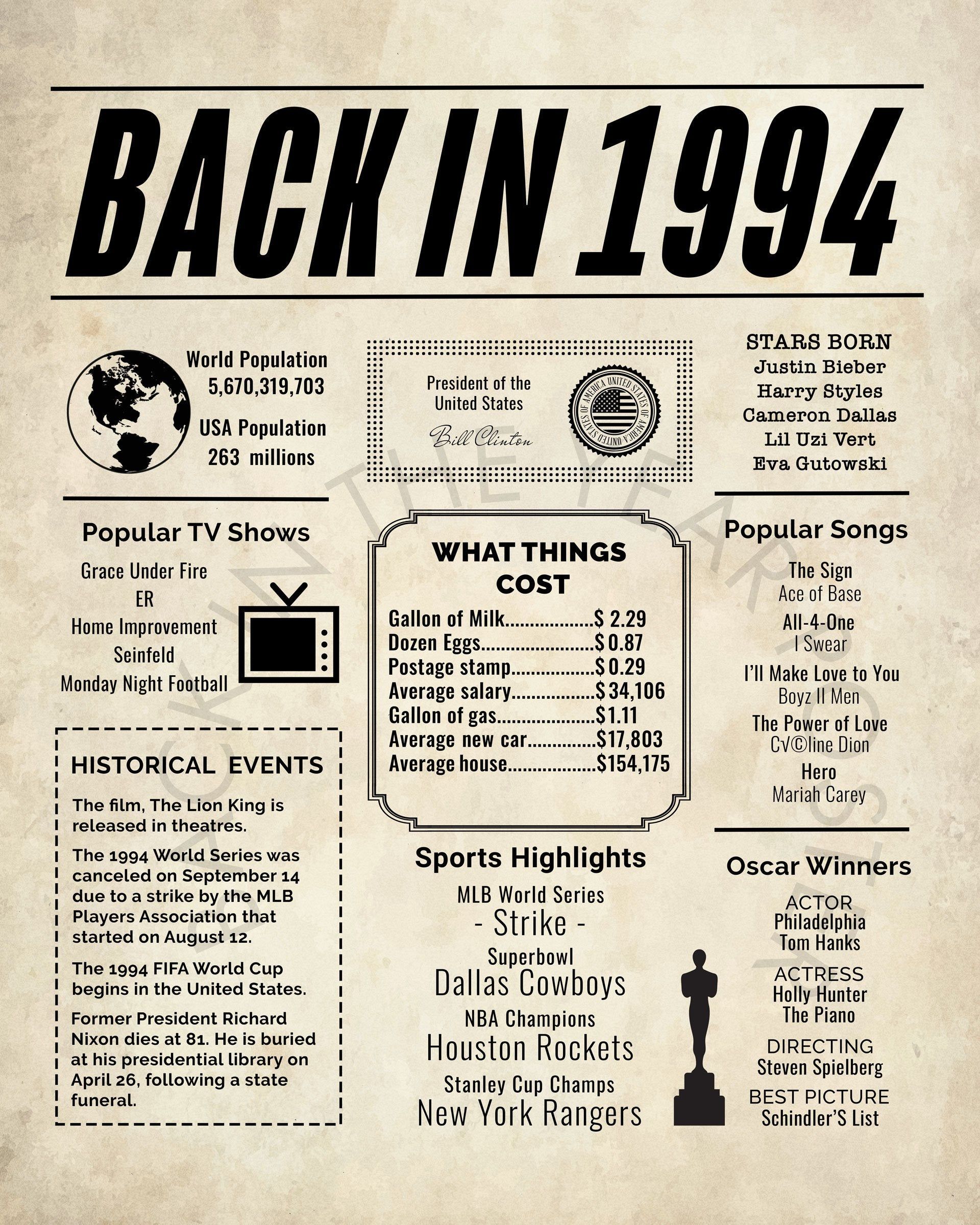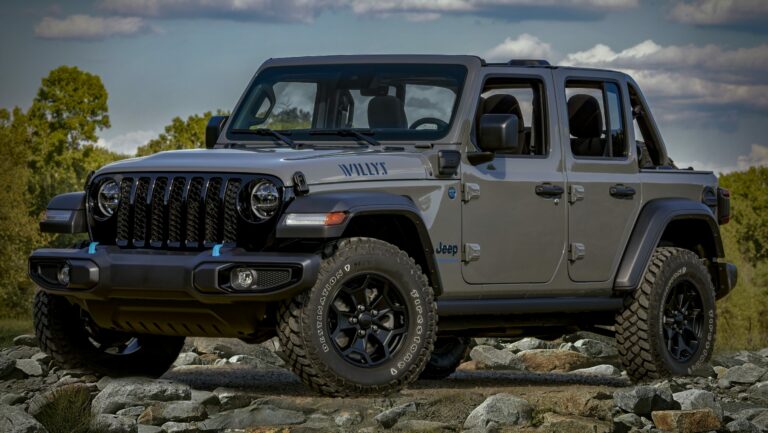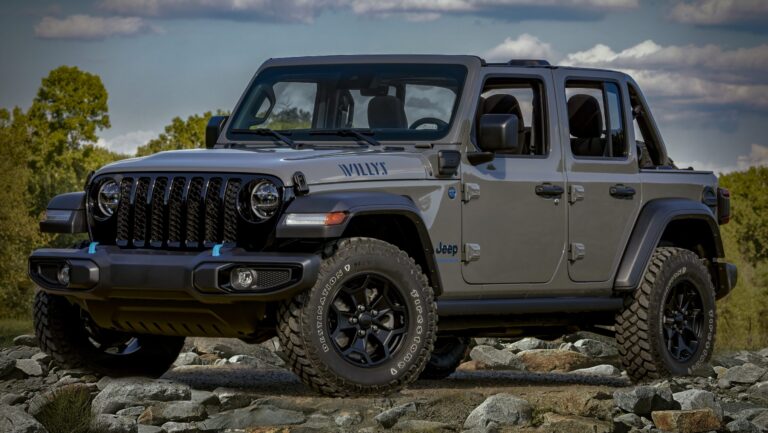1994 Jeep Wrangler Transmission For Sale: Your Comprehensive Guide to Reviving Your YJ
1994 Jeep Wrangler Transmission For Sale: Your Comprehensive Guide to Reviving Your YJ jeeps.truckstrend.com
The 1994 Jeep Wrangler YJ, with its iconic square headlights and rugged charm, holds a special place in the hearts of off-road enthusiasts and casual drivers alike. A symbol of freedom and adventure, these vehicles are built to last, but like any mechanical marvel, certain components will eventually reach the end of their service life. Among the most critical of these is the transmission – the heart of your Jeep’s drivetrain, responsible for transferring power from the engine to the wheels. When this vital component begins to falter, finding a reliable "1994 Jeep Wrangler Transmission For Sale" becomes an urgent quest.
This comprehensive guide is designed to equip you with all the knowledge needed to navigate the market for a replacement transmission, ensuring your beloved YJ returns to its peak performance, ready for countless more miles of trails and open roads.
1994 Jeep Wrangler Transmission For Sale: Your Comprehensive Guide to Reviving Your YJ
The Pulse of Your YJ: Understanding Your 1994 Jeep Wrangler Transmission
Before diving into the market, it’s crucial to understand the specific transmissions that came with the 1994 Jeep Wrangler YJ. Chrysler offered different options depending on the engine size, each designed to optimize performance for its respective powerplant. Knowing which transmission you need is the first and most critical step in your search.
Key Transmission Types for the 1994 Jeep Wrangler:
-
Manual Transmissions:
- AX-5 (5-speed manual): This transmission was exclusively paired with the 2.5L (150 cu in) AMC I4 engine. While generally reliable for light duty, it’s known to be less robust than its larger sibling, the AX-15, and can show wear with aggressive use or larger tires without proper gearing.
- AX-15 (5-speed manual): This more robust and popular transmission was mated to the 4.0L (242 cu in) AMC I6 engine. It’s renowned for its durability and smooth shifting, making it a favorite among off-roaders and daily drivers alike. Its stronger build makes it a highly sought-after component.

-
Automatic Transmissions:

- 30RH (A904) (3-speed automatic): Paired with the 2.5L AMC I4 engine, this is a compact and relatively simple automatic transmission. While durable for its intended use, its 3-speed design means higher RPMs at highway speeds compared to modern automatics.
- 32RH (A999) (3-speed automatic): This heavier-duty version was linked to the 4.0L AMC I6 engine. It shares many characteristics with the 30RH but is built to handle the increased torque of the six-cylinder engine.

Each of these transmissions connects to a transfer case (most commonly the NP231 Command-Trac), which allows for 2WD, 4-High, and 4-Low operation. When searching for a transmission, ensure its bolt pattern and spline count match your engine and transfer case.
Why Your YJ Might Need a New Transmission
Transmissions are complex mechanical systems, and even the most durable ones will eventually wear out. For a 1994 Jeep Wrangler, which has likely seen decades of use, abuse, or perhaps even neglect, transmission issues are not uncommon.
Common Signs of a Failing Transmission:
- Grinding or Clunking Noises: Especially when shifting gears (manual) or engaging drive/reverse (automatic).
- Slipping Gears: The engine revs, but the vehicle doesn’t accelerate proportionally, or it feels like it’s in neutral between shifts.
- Difficulty Shifting: Gears refuse to engage, or require excessive force (manual), or the automatic transmission delays shifting or shifts harshly.
- Fluid Leaks: Red (automatic) or brownish/clear (manual) fluid pooling under your Jeep. Low fluid levels can quickly lead to catastrophic failure.
- Burning Smell: Overheated transmission fluid often emits a distinct burning odor.
- Check Engine Light: Modern vehicles often trigger a CEL for transmission issues, though a 1994 YJ’s diagnostics might be more rudimentary.
- Loss of Power or No Movement: The most severe sign, indicating a complete failure.
Age, mileage, off-road stress, improper maintenance (like not changing fluids), and towing beyond capacity are all factors that contribute to transmission wear. Replacing a failing transmission is often more cost-effective than buying a new vehicle, especially for a classic like the YJ.
Where to Find Your 1994 Jeep Wrangler Transmission For Sale
The market for vintage Jeep parts is diverse. You have several options when sourcing a replacement transmission, each with its own benefits and drawbacks:
-
Remanufactured/Rebuilt Transmissions:
- Pros: This is often the sweet spot for reliability and value. Remanufactured units are disassembled, inspected, and rebuilt with new or reconditioned components that meet or exceed OEM specifications. They typically come with a warranty (1-3 years is common).
- Cons: Higher cost than used units.
- Where to Find: Specialized transmission shops, reputable online auto parts retailers, and companies that focus on Jeep drivetrain components. Always check their reputation and warranty policies.
-
Used Transmissions (Salvage/Junkyard):
- Pros: Cheapest option. Can be found quickly from local salvage yards or online marketplaces (eBay, Craigslist, Facebook Marketplace).
- Cons: Highest risk. No guarantee of condition, mileage, or remaining life. Often sold "as-is" with no warranty. You’re buying someone else’s problem unless thoroughly inspected.
- Where to Find: Local auto salvage yards, online part-out listings, private sellers.
-
New (Aftermarket/NOS) Transmissions:
- Pros: Brand new, zero miles, full warranty.
- Cons: Extremely rare for a 1994 model year. If available, they will be significantly more expensive than remanufactured units. "New Old Stock" (NOS) might exist but often at a premium.
- Where to Find: Niche aftermarket suppliers, specialized Jeep parts dealers.
Critical Considerations Before You Buy
Purchasing a transmission is a significant investment. Take these factors into account to ensure you get the right part for your Jeep and avoid costly mistakes:
- Compatibility is King:
- Engine Type: Confirm if your Jeep has the 2.5L 4-cylinder or the 4.0L 6-cylinder. This dictates the specific manual (AX-5 vs. AX-15) or automatic (30RH vs. 32RH) transmission you need.
- Transfer Case: While most YJs came with the NP231, confirm the bolt pattern and input shaft spline count to ensure seamless integration.
- Condition and Warranty:
- For remanufactured units, always inquire about the rebuilding process, what new parts were used, and the warranty period (parts and labor). A longer warranty from a reputable rebuilder offers peace of mind.
- For used units, ask for detailed photos, videos of the vehicle it came from (if possible), and mileage. Understand that it’s a gamble; test it if you can, or buy from a seller with a return policy.
- Seller Reputation: Check reviews, ask for references, and ensure the seller is knowledgeable about Jeep transmissions. This is especially important for online purchases.
- Core Charge: Many remanufactured units require a "core charge" – a deposit you pay that is refunded when you return your old transmission. Factor this into your budget.
- Shipping Costs: Transmissions are heavy. Get a precise shipping quote, especially for long-distance purchases.
Practical Advice for a Successful Purchase & Installation
- Do Your Homework: Identify your exact transmission type (AX-5, AX-15, 30RH, 32RH) and verify your engine size.
- Ask Questions: Don’t hesitate to quiz sellers about the transmission’s history, condition, and any included parts (e.g., bell housing, torque converter for automatics).
- Inspect Thoroughly: If buying locally, inspect the transmission for cracks, damage, missing parts, and signs of fluid leaks.
- Budget for Incidentals: Don’t forget new transmission fluid (the correct type!), a new filter and gasket for automatics, new seals, a pilot bearing for manuals, and potentially a new clutch kit if you’re replacing a manual.
- Professional Installation vs. DIY:
- DIY: If you have advanced mechanical skills, a proper lift, a transmission jack, and the necessary tools, replacing a transmission is feasible. It’s a heavy, complex job, so don’t underestimate it.
- Professional: For most owners, professional installation is recommended. A qualified mechanic will ensure proper alignment, fluid levels, and overall function, often providing a labor warranty on their work. Get multiple quotes.
- Break-In Period: Follow the rebuilder’s recommendations for any break-in period or initial fluid change for remanufactured units.
Potential Challenges and Solutions
- Finding the Right Part:
- Challenge: The YJ is an older vehicle, so finding specific parts can be tricky.
- Solution: Be patient and broaden your search to include nationwide online retailers and salvage networks. Don’t limit yourself to local options.
- Cost:
- Challenge: Transmissions can be expensive, especially remanufactured units.
- Solution: Set a realistic budget. Consider the long-term value of a reliable remanufactured unit over a cheap, risky used one. Compare quotes from multiple sources.
- Avoiding Scams:
- Challenge: Online marketplaces can have dishonest sellers.
- Solution: Stick to reputable sellers with good reviews. Use secure payment methods. Be wary of deals that seem too good to be true. Request detailed photos and videos.
- Installation Complexity:
- Challenge: The job is physically demanding and technically involved.
- Solution: If you’re not confident, invest in professional installation. It might cost more upfront, but it prevents potential damage to your new transmission or other drivetrain components.
Price Table: 1994 Jeep Wrangler Transmission For Sale (Estimated Ranges)
Please note: These prices are estimates only and can vary significantly based on the seller, condition, warranty, core charge, and market demand. Always get a specific quote.
| Transmission Type | Condition | Estimated Price Range (USD) | Key Considerations |
|---|---|---|---|
| AX-5 (Manual) | Used (Salvage) | $300 – $700 | High risk, no warranty, condition varies wildly. |
| (2.5L 4-Cylinder) | Remanufactured | $800 – $1,500 | Good balance of cost/reliability, typically 1-3 yr warranty. |
| AX-15 (Manual) | Used (Salvage) | $400 – $900 | Higher demand, slightly more reliable used option. |
| (4.0L 6-Cylinder) | Remanufactured | $900 – $1,800 | Very popular, robust rebuilds, 1-3 yr warranty. |
| 30RH (Automatic) | Used (Salvage) | $350 – $750 | Often simpler, but still high risk used. |
| (2.5L 4-Cylinder) | Remanufactured | $850 – $1,600 | Reliable for light duty, often comes with torque converter. |
| 32RH (Automatic) | Used (Salvage) | $400 – $800 | More robust, but still a gamble used. |
| (4.0L 6-Cylinder) | Remanufactured | $950 – $1,750 | Heavy-duty rebuild, often includes torque converter. |
| New / NOS (All Types) | New / New Old Stock | $1,500 – $3,000+ | Extremely rare, premium pricing if found. |
Note: Prices typically do not include shipping, core charges, or installation labor.
Frequently Asked Questions (FAQ)
Q1: How do I know for sure which transmission my 1994 Jeep Wrangler has?
A1: The easiest way is to check your engine size. If you have the 2.5L 4-cylinder engine, you’ll have either an AX-5 manual or a 30RH automatic. If you have the 4.0L 6-cylinder engine, you’ll have an AX-15 manual or a 32RH automatic. You can also look for identification tags on the transmission casing, or consult your Jeep’s VIN decoder.
Q2: Can I swap an automatic transmission for a manual, or vice-versa?
A2: Yes, it’s technically possible, but it’s a very involved and expensive undertaking. It requires significant modifications, including replacing the transmission, transfer case (sometimes), driveshafts, pedal assembly, steering column, wiring harnesses, and potentially the ECU. It’s typically not a cost-effective solution unless you’re building a custom vehicle.
Q3: What’s the difference between a "rebuilt" and "remanufactured" transmission?
A3: While often used interchangeably, "remanufactured" generally implies a more thorough process. A rebuilt transmission is typically repaired to address a specific failure point. A remanufactured unit is fully disassembled, cleaned, inspected, and worn parts are replaced with new or re-machined components to meet original factory specifications, often with upgrades to common failure points. Remanufactured units usually come with a better warranty.
Q4: What type of fluid does my 1994 Jeep Wrangler transmission take?
A4:
- AX-5 and AX-15 (Manual): Typically use a GL-3 or GL-4 rated 75W-90 manual transmission fluid. Crucially, do NOT use GL-5 gear oil in these transmissions as it can corrode the "yellow metal" (brass/bronze) synchronizers. Some recommend specific synthetic blends. Always check your owner’s manual or a reliable Jeep forum for the most precise recommendation.
- 30RH and 32RH (Automatic): Require ATF+4 automatic transmission fluid. Using other types can lead to premature failure.
Q5: Is it worth buying a used transmission from a junkyard?
A5: It can be if your budget is extremely tight, and you’re willing to accept the risk. However, it’s the riskiest option. There’s no way to know the internal condition or mileage. If you go this route, try to get a short-term warranty (even 30 days helps) and inspect it thoroughly for external damage or signs of neglect. Many prefer remanufactured for the peace of mind.
Conclusion
Finding a "1994 Jeep Wrangler Transmission For Sale" is more than just a transaction; it’s an investment in the continued life and adventure of your iconic YJ. By understanding the different transmission types, recognizing the signs of failure, knowing where to source reliable replacements, and considering all the practical aspects of purchase and installation, you can confidently navigate the process. Whether you opt for the proven reliability of a remanufactured unit or brave the gamble of a used one, a well-chosen and properly installed transmission will ensure your 1994 Jeep Wrangler remains a capable and cherished companion for years to come, ready for whatever trails lie ahead.




